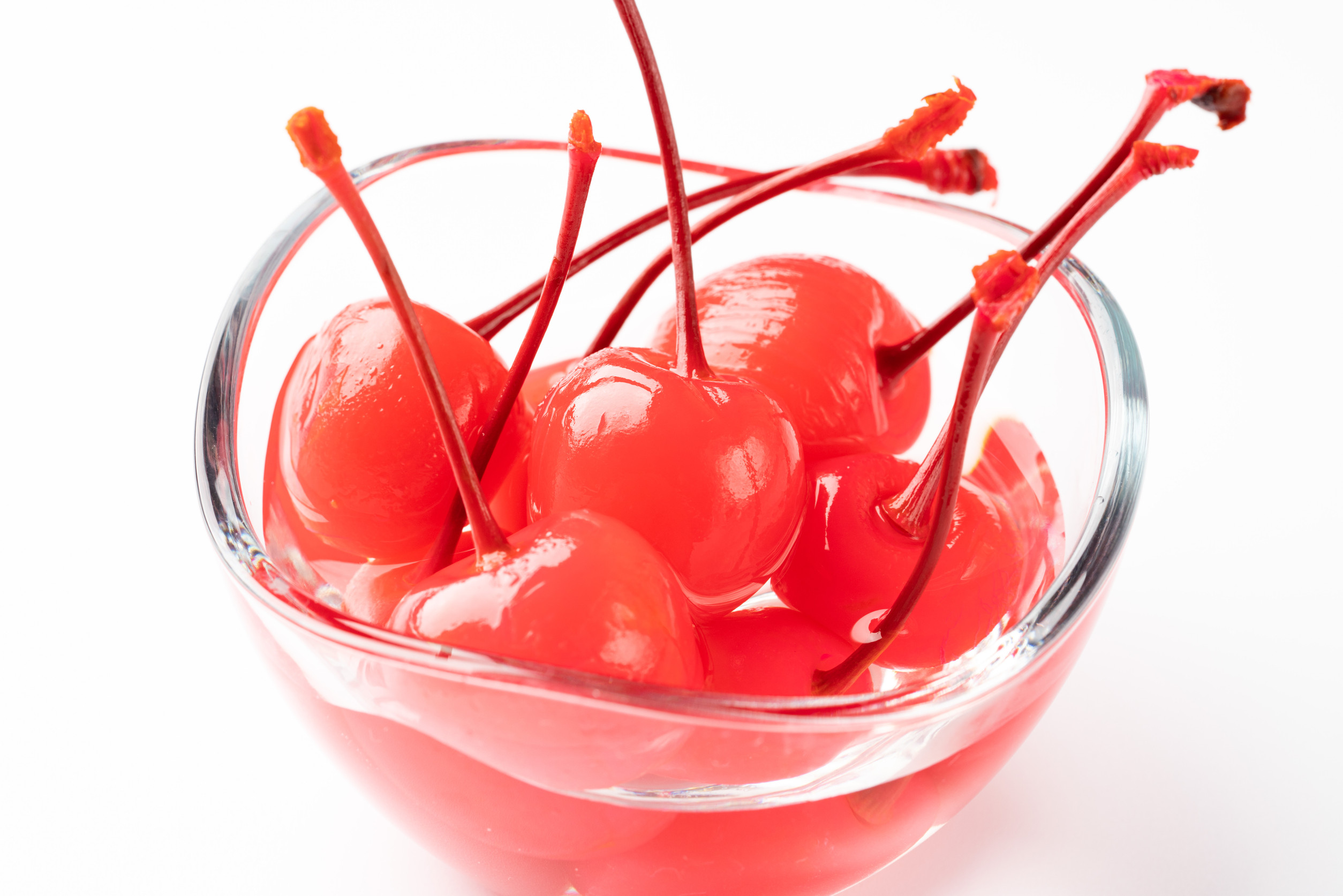All the signs are there: the leaves are turning from green to magnificent shades of gold and red, the aroma of pumpkin spice lattes perfumes the air, and there’s a chill in the breeze that persuades you to reach for your comfiest cable-knit sweater. This could mean only one thing—it’s time to go apple picking.
Apple picking is a great outdoor activity that allows us to continue celebrating nature while transitioning from balmy summer weather to crisp autumn days. Another thing that we hope stays crisp? The multitudes of apples we will undoubtedly gather.
If you, like many others, go a bit overboard when you visit the apple orchard and end up lugging home way more apples than you can eat in one sitting, then you’ll need to employ the right strategies that’ll keep your apples crisp and juicy for as long as possible.
How to store apples so they stay fresh for longer:
Pick your fruit carefully
The following advice goes for picking apples at an orchard and at the supermarket. “Factors like pressure, starch, and sugar levels affect the storage capabilities of an apple,” says Chuck Zeutenhorst, President of First Fruits Farms. “If you pick up an apple at the store that feels softer, it probably will not store well.” This means you should select apples that feel firm to the touch and don’t have any brown spots or bruising.
Some varieties of apples also tend to keep a bit longer, such as opal apples, fuji apples, red delicious, and granny smith.
Utilize your refrigerator
Apples that are still attached to the tree will thrive as that’s where they’re meant to be. However, once they’ve been picked, they’ll last longer if you store them in your fridge.
“We always recommend that apples be kept in the refrigerator for optimal freshness and shelf life, regardless of the variety or where the apple was purchased,” says Lindsey Huber of the Washington Apple Commission.
Simply throwing them into the fridge willy-nilly isn’t the best way to store them, though. According to Lisa McManus, executive editor at America’s Test Kitchen, “it is so important to get to know your refrigerator’s zones. The cold zone in the back of your fridge is normally the coldest area, which makes it best for storing fruit like apples that are not prone to chilling injury.” Fruits such as cherries and grapes, along with meat and dairy products will also thrive at the back of the fridge.
Keep them separated
One bad apple really does spoil the bunch, so we would suggest following Berkshire Farm Table co-author Elisa Spungen Bildner’s advice and “keep apples separate from one another and consider wrapping them individually in towels,” if you want your fruit to last.
This will keep the ethylene gas that is emitted by ripe fruit from reaching other produce, as exposure to this gas will make them ripen or rot prematurely. “Also, pull out any that are rotting or not good as soon as you spot them,” she adds. “This way, you can actually keep apples for months on end.”
Consider enlisting your freezer
Keep your apples ideal for cooking or processing purposes by using your freezer. Instead of freezing apples whole, McManus advises apple lovers to peel and core their apples first, then toss them with lemon juice to prevent browning. You can then freeze the apple slices on a baking sheet before transferring them to a freezer-safe bag to help ensure that they don’t turn into one big frozen chunk of apple.
“Also, keep in mind that apple slices are best for baking or smoothies after they’ve been frozen, rather than eating as is because the freezing can break them down and make them a bit soft,” she adds.












